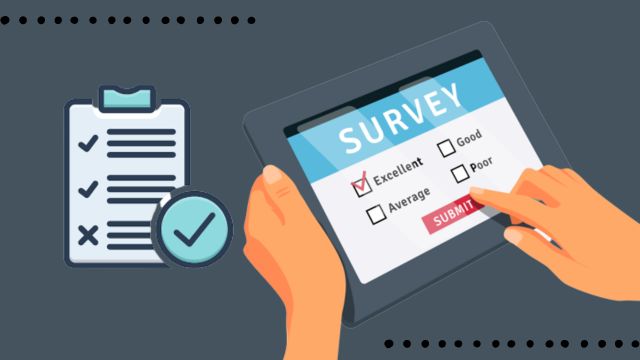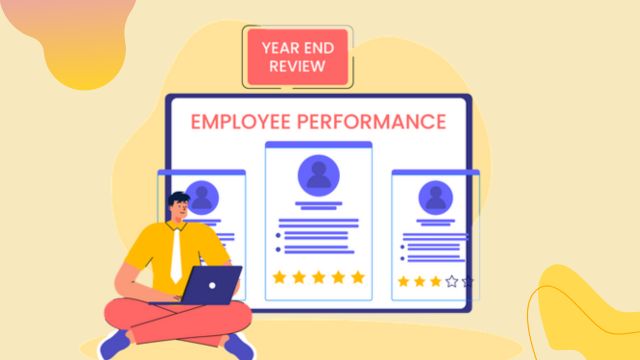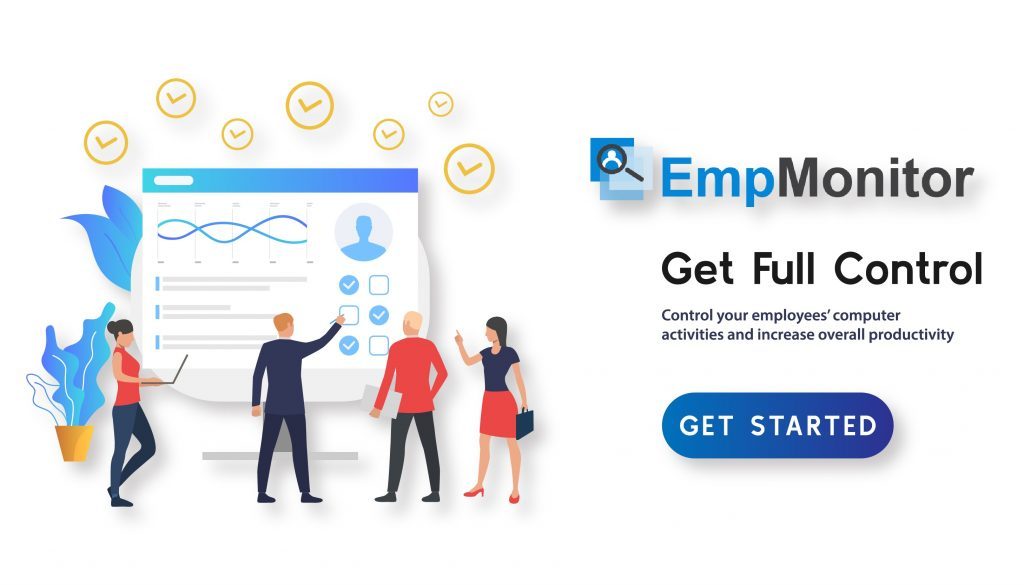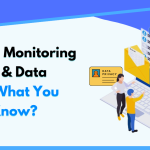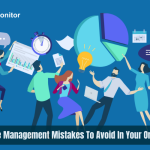As an organisation grows, it becomes increasingly vital to prioritise measuring employee engagement. Employee engagement is a metric that indicates how happy employees are involved in their work. There could be various reasons why employees may or may not engage in workplaces.
In the context of your organisation, it’s critical to have a clear definition of what employee engagement means to be in your business. It might have to do with making employees feel appreciated, giving them a sense of purpose, or inspiring them to go above and beyond the call of duty. Setting clear objectives and expectations for your measurement will be facilitated by defining the work involvement of your employees.
Measuring employee engagement is a regular practice for businesses that want to enhance work productivity. And they tend to provide facilities to employees so they could be satisfied and do their work more efficiently. Engaged employees’ traits include high productivity, job satisfaction, and loyalty to their work and company.
There are other benefits of employee engagement that include a commitment from employees towards their work and employer that will result in long-term working with the organisation. Such organisations also provide better services to their clients or customers. As they have happily engaged employees who commit to their duties and take responsibility for the best interest of their firm. And their customers would also get satisfied with the service they provide.
So now the question arises- how do you measure employee engagement? Let’s discuss “10” strategies with which measuring employee engagement will be super convenient.
Kindly tap on the play icon to listen this article
How To Measure Employee Engagement?
Manually measuring employee engagement can be a burdensome process. As you have to interact with each and every employee to know whether they feel appreciated and engaged in their work. And with remote work culture, it becomes even tougher to measure the remote work engagement of employees.
Fortunately, with some strategies and employee engagement measurement tools, it has become way easier to gauge employee engagement in your workplace.
1. Surveys to Know Employee Engagement:
There are many different techniques and instruments to measure employee engagement. One of the most popular employee engagement measurement methods is to conduct surveys that ask questions about work satisfaction, communication, recognition, and growth.
Employers can collect information about employee perceptions, experiences, and opinions through well-designed surveys. The short and frequent survey, also known as the pulse survey, provides a closeup of the level of employee engagement so that one can monitor engagement with real-time insight. To look into the issues and identify the trends, employee pulse surveys work efficiently.
Also Read-
MEASURING EMPLOYEE ENGAGEMENT: WHY IT MATTERS AND HOW TO DO IT RIGHT
2. Analyse and Understand the Data with the Right Tool:
Gathering data is only the first stage; it is equally necessary to analyse and interpret the data to determine the strengths and places for improvement and look for patterns, trends, and correlations in the data that will help in measuring employee engagement.
To make this possible, the use of employee monitoring software is of great help. Empmonitor is one such software. It has an employee engagement measurement platform using which you can check on the work engagement of employees in your firm. With this employee monitoring software, companies can track their distributed workforce and set their team up for higher success.
Organisations can track time with the Empmonitor for their appointed shift. It will help them learn more about their employee’s working methods and can also easily spot time trends. Additionally, EmpMonitor can help them keep track of employees’ best work with automated reporting features that shows you who’s the most and least productive employee. One can access this time-tracking software to increase staff efficiency by simply analysing the real-time activity statistics of employees.
Empmonitor can also help observe real-time user activities, keeping you alert to know whether your employees are really working or not. One can obtain a thorough analysis of the team’s daily or hourly activity with the help of context-rich reporting and user activity.
EmpMonitor also provides Attendance Monitoring, using which companies can get manual attendance and leave reports with the help of employee-friendly attendance tracking. This software provides user-friendly attendance tracking that helps to track employee attendance and leave. Plus, it manages operative attendance & leaves from behind the dashboard.
With Empmonitor, it is easy to measure the productivity & engagement of the workforce. It will help you enhance your employees’ productivity & get the utmost employee engagement with next-gen HR operations, project management & time-tracking reports-like features.
Also Read-
5 REASONS TO INFUSE EMPLOYEE ENGAGEMENT SOFTWARE IN 2023
3. One-On-One Interview and Focus Group:
By conducting focus groups and interviews, employers can understand more about the thoughts, experiences, and suggestions of their employees. Or they can also conduct one-on-one interviews with their employees to understand their needs and expectations.
The interview can be face-to-face or a small group meeting where the interviewer asks questions on any topic. On the other hand, in the focus group, managers can encourage their employees to share their opinions and help each other. In this way, you can encourage employees to express their opinions using open-ended questions and use this qualitative data to find engagement-related themes and patterns.
Planning is also an important part when it comes to the interview and focus group. As you need to be selective about the group of people and find the place where discussion happens. Also, you need to prepare questions that bring you more information about how well employees work and are engaged in their work.
4. Observe and Provide Feedback:
Another method of measuring employee engagement is to observe employees at work and give them feedback. Here employee engagement level is measured by paying close attention to their actions, interactions, and output and then providing feedback on the basis of these factors. To build positive engagement habits, give them constructive criticism after addressing the concerns or issues.
The core point to consider before observing is preparation for what to look for in the workplace, which helps in measuring employee engagement. Observation can provide insight that one can hardly see otherwise. It gives knowledge about the matter or issue very clearly. The clarity and visuals with the observation help analyse the gap.
5. Check Performance Metrics:
An organisation can get insights about employee engagement by looking at performance indicators that include quality, productivity, and customer satisfaction.
Positive company outcomes are most likely the result of engaged workers who perform effectively. Regularly track performance metrics and perform data analysis to find links between engagement and output.
Performance metrics offer quantifiable information about how effectively employees are carrying out their responsibilities and how much interest they have in their work. A high level of engagement often corresponds to a higher level of productivity, quality, and customer satisfaction. An engaged employee is more likely to be motivated, committed, and focused on their work.
6. Turnover Rates and Absence Rates:
Using this measuring employee engagement KPI helps companies understand the patterns or trends that can point to poor engagement levels by tracking employees’ work absence and high turnover rates.
When employees are disengaged, they are more likely to skip work or quit compared to when they are engaged. As happily engaged employees would be more likely to stay. Turnover rates of employees in a company help measure their work culture and how well the management works. It also gives an idea about the hiring policy and its effectiveness. It’s crucial to use turnover rates as an indicator of how satisfied and engaged the employees are with their job.
7. Platform for Employee Feedback:
Employees using intranet portals or online suggestion boxes share their opinions and thoughts about the workplace and environment. Employees can express their ideas and suggestions and provide honest feedback on employee feedback platforms without hesitation when anonymity is there.
This way employee feedback platform helps to gather knowledge about employee engagement and track and examine the feedback. Using employees’ feedback, companies can know whether their employees are satisfied and engaged with their work. It will help the employer to take necessary actions and improve the employees’ work engagement in their firm.
8. eNPS Score:
Employee Net Promoter Score (eNPS) helps measure employee engagement simply and effectively. Ask employees to rate their workplace on a scale of 1 to 10.
The eNPS is the percentage of higher promoters(scores 9-10) minus the percentage of detractors (scores 0-6). A higher eNPS is equal to higher employee engagement.
9. Monitoring Through Social Media:
Social media platforms can shed light on employee engagement through their posts and interactions online on various social media platforms. Keep an eye out for mentions of your company on social media channels, and evaluate the tone and mood of the post to determine what it actually says about their attitude towards their work or workplace. Monitoring social media can give immediate feedback as people are more active on these platforms and assist in finding any engagement-related problems or concerns.
10. Feedback from Managers:
Managers play an important role in fostering employee engagement, they can get opinions from workers regarding their interaction with their bosses and what kind of assistance they experience in their jobs.
Recent studies show that managers’ feedback can help employers to know about employee engagement in their workspace. Little efforts can go a long way in keeping employees motivated when managers are more involved with their teams. Managers who conduct regular meetings help provide better feedback to their team, making them understand their responsibility and goals, and increasing employee engagement.
Also Read-
ULTIMATE GUIDE TO EMPLOYEE ENGAGEMENT TOOLS
Conclusion
We can conclude that measuring employee engagement helps in efficient HR administration. Organisations can learn a lot about the levels of employee engagement in their workforce by implementing strategies like employee surveys, analysis data, focus groups, observation, performance metrics, turnover and absenteeism, eNPS, social media monitoring, and manager feedback.
These tactics can assist businesses in pinpointing areas for development, addressing issues, and developing a more engaged and motivated staff, which will increase output, employee retention, and overall corporate performance. Always acknowledge that assessing employee engagement is a continuous process that calls for continual efforts to maximise employee potential and develop an environment at work that encourages engagement and satisfaction.


